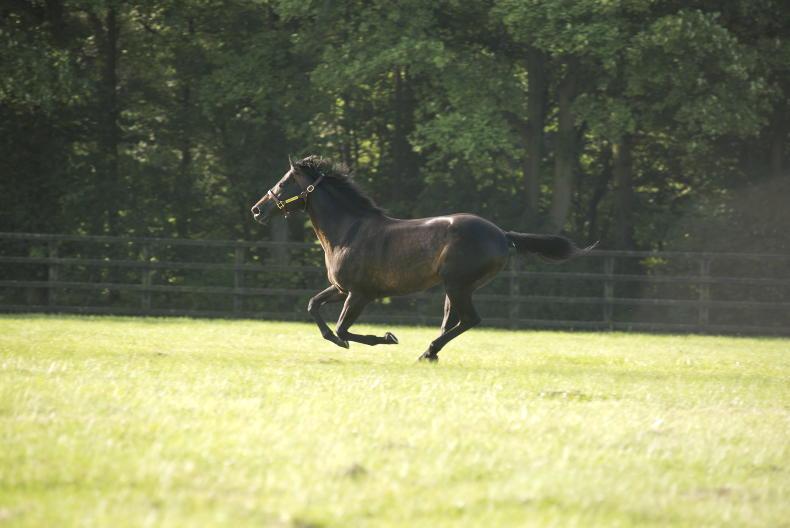I HAVE spoken before about the fact that the term dual-purpose is effectively redundant in breeding circles. In my youth it was a much-used phrase in advertisements for stallions, usually indicating that the stud master didn’t feel confident about attracting enough flat mares.
Now we have classic winners and champion racehorses retiring straight to National Hunt studs, while flat sires who fail to attract sufficient early support, or maybe fall just short of the mark with their early runners, are switched to the jumps code. Today, we have very few sires who could be categorised as dual-purpose.
There are some, such as Nathaniel, who are able to attract significant support from both flat and National Hunt breeders, without damaging the sale prospects of their offspring in a marketplace that is hugely influenced still by fashion.
This week comes the news that Golden Horn is to stand at Overbury Stud next season as a dual-purpose stallion, though in reality he will be largely marketed to National Hunt breeders. The fact that his former owner and breeder, Anthony Oppenheimer, will continue to support him means that he could still come up with an occasional good one on the flat.
Best racehorse
Golden Horn, a son of Cape Cross (Green Desert), was one of the best racehorses of any time. A single start at two yielded success in a mile maiden at Nottingham in a record time, but who could have predicted how good he would become. That day he beat Storm The Stars by a head, the pair seven lengths clear of the rest, and the runner-up went on to become a Group 2 winner and finished second to Jack Hobbs in the Group 1 Irish Derby.
At three, Golden Horn was campaigned extensively, running eight times. Less than a length was all that denied him going to stud unbeaten, and it was two mares, Arabian Queen and Found, who inflicted his only defeats. He won the Group 1 Prix de l’Arc de Triomphe, Derby, Irish Champion Stakes and Eclipse Stakes, and went to stud at Dalham Hall at a fee of £60,000.
This year breeders could use Golden Horn for £10,000, his fee going into freefall as his runners emerged. His first crop included Botanik, second to Gear Up in the Group 1 Criterium de Saint-Cloud, with Makaloun, Tiger Tanaka and Bolshoi Ballet all behind him. The promise of that run never turned into even winning a stakes race, and this remains the only Group 1 placing for a son or daughter of Golden Horn.
Disappointing
With his oldest crop being five-year-olds, Golden Horn’s record of a single group winner, West End Girl, and nine other stakes winners is far from a failure, but it is disappointing. He has sired 17 additional group and listed-placed horses, and he is noted for a particularly high-percentage of horses rated highly, but without hitting the bar in stakes races.
His first runners over jumps have given every indication that he could make his presence felt in that sphere of racing. Stag Horn won his first two outings over timber, including the Grade 2 Leamington Novices’ Hurdle at Warwick, while First Street is trained by Nicky Henderson and won three times over hurdles before running second at Cheltenham in the Grade 3 County Hurdle. Byzantine Empire won three hurdle races and, in recent weeks, is unbeaten in his first two starts over fences.
Jayne McGivern has placed enormous faith in Golden Horn succeeding in his second career, and his retention to stand in Britain is a cause of much joy there for breeders. McGivern recently purchased the dam of Constitution Hill (Blue Bresil) for €340,000, and she could spearhead support for Golden Horn as he embarks on a new stage of his stallion career.


 This is a subscriber-only article
This is a subscriber-only article
 It looks like you're browsing in private mode
It looks like you're browsing in private mode









SHARING OPTIONS: